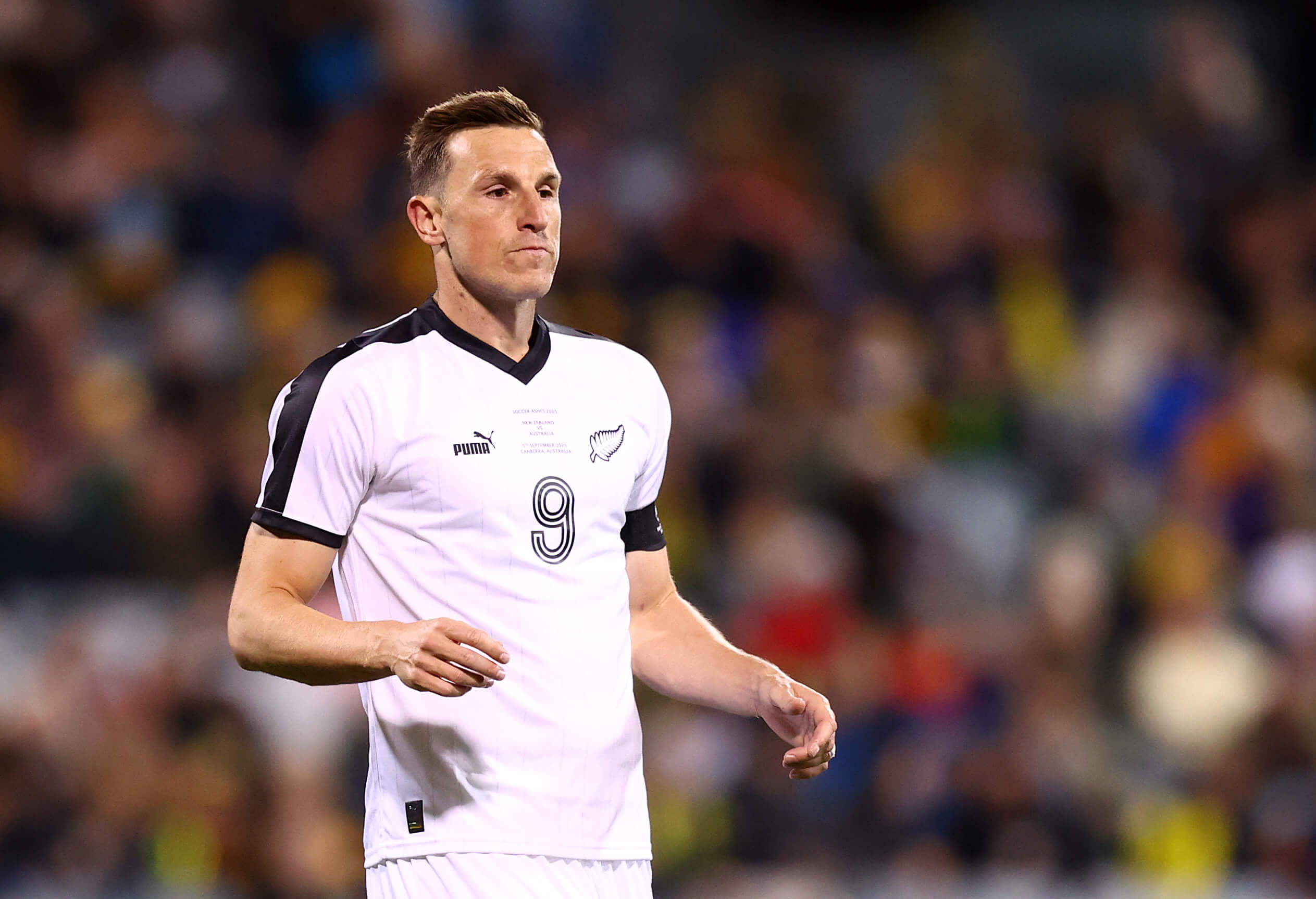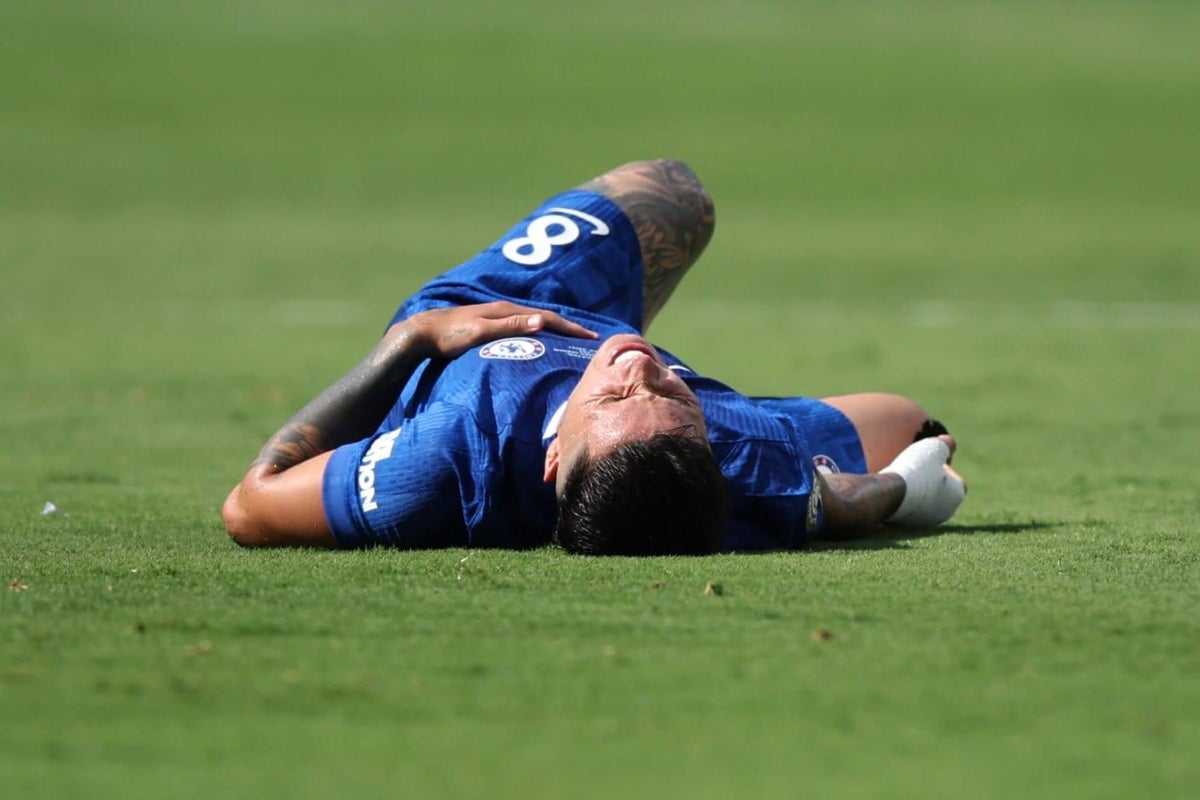Football’s top stars are playing too many games, with too much travel and not enough time off between seasons, according to the most recent study of “player health and performance impact” by global players’ union FIFPro.
Published on Monday, the fifth edition of FIFPro’s annual Player Workload Monitoring report reveals that none of the clubs that took part in this summer’s Club World Cup gave their players the recommended minimum of 28 days off between seasons, and most of them started this season without the minimum recommended pre-season period of 28 days.
Chelsea and Paris Saint-Germain, the two finalists, gave their players 20 and 22 days off, respectively, and then held pre-season camps of only 13 and 7 days, respectively. Real Madrid’s off-season and pre-season periods were both less than three weeks each, while Manchester City also failed to give their players enough holiday and pre-season time.
No other major team sport provides its top athletes with so little time off between seasons, with international stars at leading clubs typically getting three weeks’ break, compared to 14 weeks for an NBA finalist or 15 weeks for a World Series participant.

Desire Doue and Ballon d’Or winner Ousmane Dembele have missed PSG’s last four games with injuries (Marco Bertorello/AFP via Getty Images)
Looking at individual players, Inter Milan defender Alessandro Bastoni, PSG midfielder Fabian Ruiz and Madrid’s Federico Valverde all played more than 70 games last season, while Bayern Munich defender Kim Min-jae played 20 consecutive “back-to-backs”, which are games without five days’ rest between them. PSG and Morocco star Achraf Hakimi played 69 games last season and is projected to play 74 this season.
“For us, as players, it’s vitally important that we have the recovery period to allow the body to adapt and go again,” said Nottingham Forest and New Zealand striker Chris Wood.
“We want to play games — the more games we play, the happier we are — but we need to make sure we’re looking after our bodies long-term. You could back up 50, 60 games a year for year one, year two, but when you’re heading into year three, year four and year five, that’s when you could start to see the problems arise in players.
“It’s key that we’re looking at issues that arise through this … especially the pre-seasons for building back up into big seasons. A minimum of four weeks is what you need (and) it should be closer to six weeks. But if you have that minimum of four weeks, your body can last and be ready for the season ahead.”
CWC teams’ time off this summer
Club
CWC progress
Off-season (days)
Pre-season (days)
Total
PSG
Final
22
7
29
Chelsea
Final
20
13
33
Real Madrid
Semi-final
20
19
39
Mamelodi Sundowns
Group stage
24
13
37
Benfica
Last 16
14
17
31
Manchester City
Last 16
25
19
44
Bayern Munich
Quarter-final
21
19
40
Red Bull Salzburg
Group stage
8
16
24
Borussia Dortmund
Quarter-final
19
23
42
Al Ahly
Group stage
18
26
44
ES Tunis
Group stage
10
27
37
Al Hilal
Quarter-final
26
28
54
Source: FIFPRO Men’s Player Workload Monitoring (PWM) research
Wood, who has just joined FIFPro’s Global Player Council, explained it is not just the number of games that should be monitored, it is the amount of travelling between them, too. “You play a game on a Saturday and, if you’ve got international travel coming back to play for my country, sometimes I’m on a plane three hours after finishing a game for Forest, ready to travel the 30 hours back to New Zealand,” he said.
“In most cases, you’ll get a lie-down seat but it doesn’t give your body enough time to adapt or recover from the extreme workload you do in a game.
“And, of course, travelling 30 hours for these players who are going to South America, Australia, New Zealand, it’s a long way and then you have to be ready to train and go again three or four days later — it has a big effect on the body.
“It’s something we have to work on to hopefully get a better balance in the future.”

Wood, 33, is a member of FIFPro’s Global Player Council (Mark Nolan/Getty Images)
FIFPro has been calling on FIFA to take these issues more seriously for years but has so far failed to stop the seemingly inexorable expansion of international tournaments.
Last year, the players’ union teamed up with the leading domestic leagues to lodge a formal complaint at the European Commission against FIFA for abuse of dominant market position.
FIFA denies it is responsible for fixture congestion — implying that the real culprits are the clubs, domestic leagues and continental confederations — and says it has a responsibility to grow the game around the world.
FIFPro, on the other hand, would point to the early-season injury lists at Chelsea, PSG and many of the other Club World Cup participants, as well as the huge increase in the number of games young stars like Lamine Yamal are playing today, and say there is an obvious risk of burnout.
“You’ve got the perfect storm of how not to treat a human because you have a large number of games and then you have less than the recommended off-season days, and then you have less than the recommended pre-season days to go into large number of games again,” said Juventus performance director Dr Darren Burgess.
“So the cycle keeps on continuing. If it wasn’t the Club World Cup, it could be the World Cup or various tournaments that happen at this time of the year.
“What can that do? Well, what we know objectively from the GPS metrics for the clubs and players I’ve worked with, that when we play multiple back-to-back matches, after poor rest periods, they are physically not able to produce what they what normally produce if they were given sufficient recovery period.
“It’s a combination that leads to, at worst, injury and, at best, reduced capacity to perform.”
(Top photo of Chelsea’s Enzo Fernandez at the Club World Cup: Alex Grimm/Getty Images)

